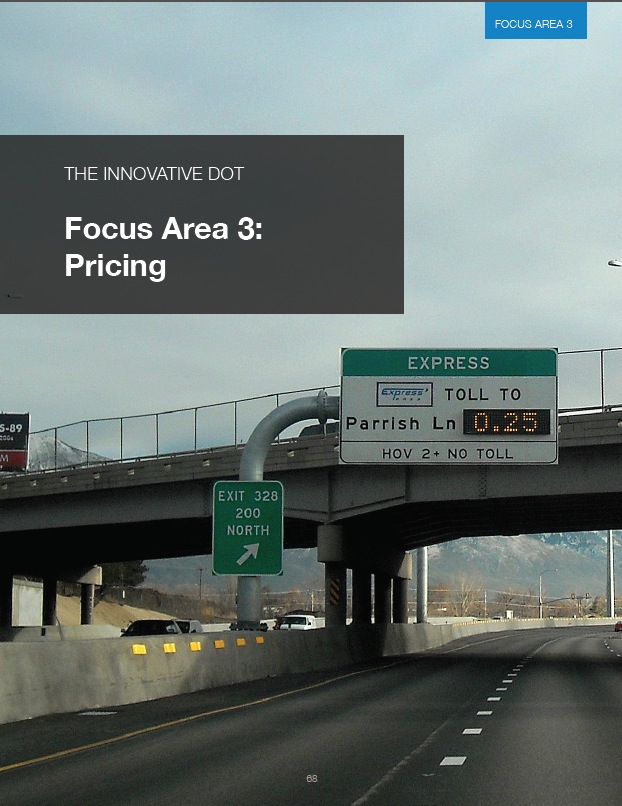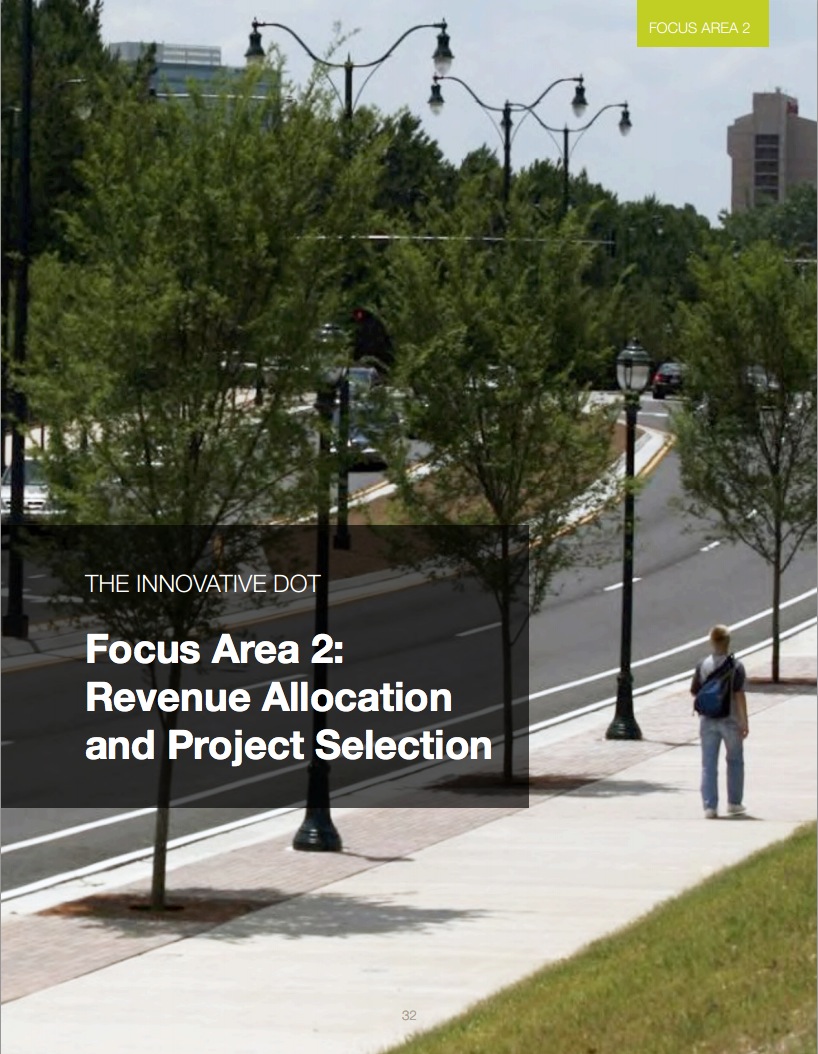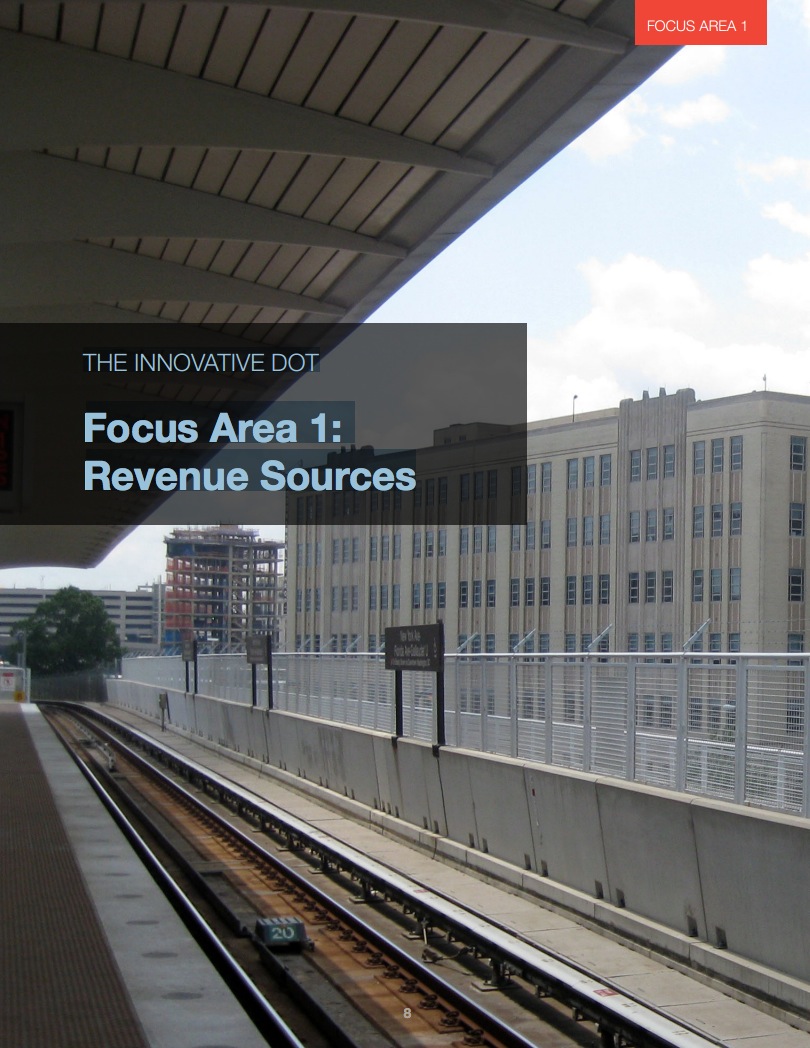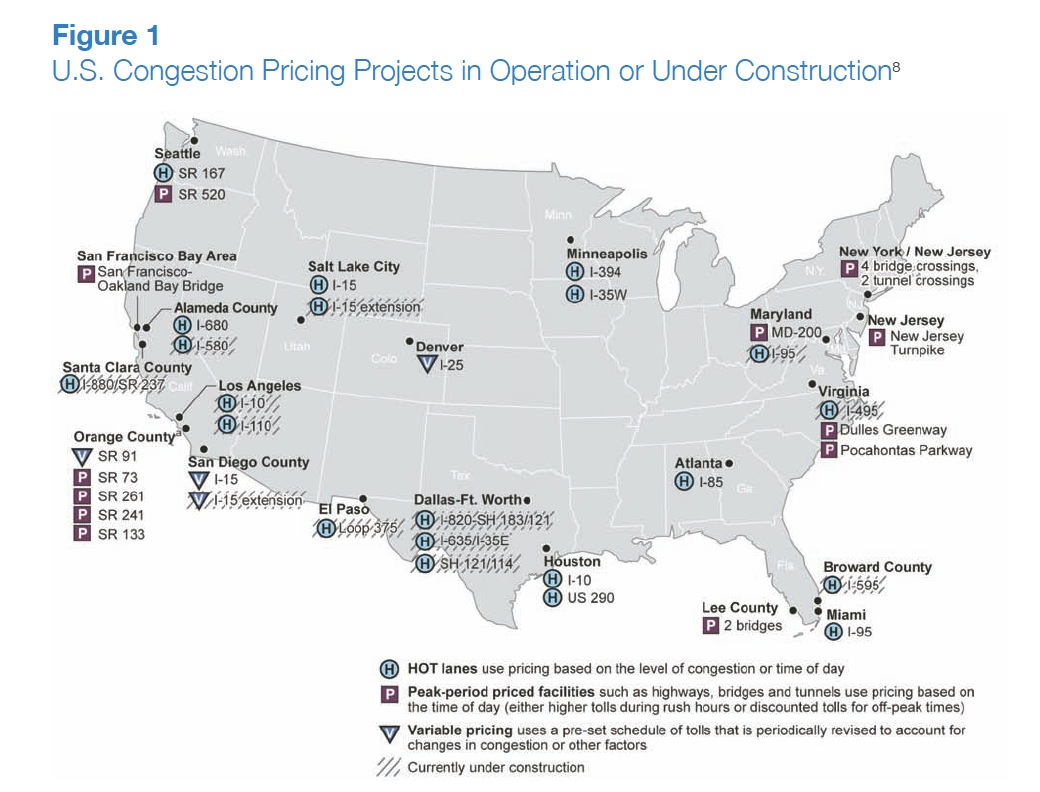
Transportation systems nationwide are undergoing significant change. Emerging technologies and innovative mobility options are changing all modes of transportation, and soon both people and freight will be transported differently. Intelligent transportation systems use sensors to monitor vehicles, control traffic flow, reduce congestion and improve safety. Some types of technology provide real-time data that is used […]
View this complete post...



















 RSS Feed
RSS Feed